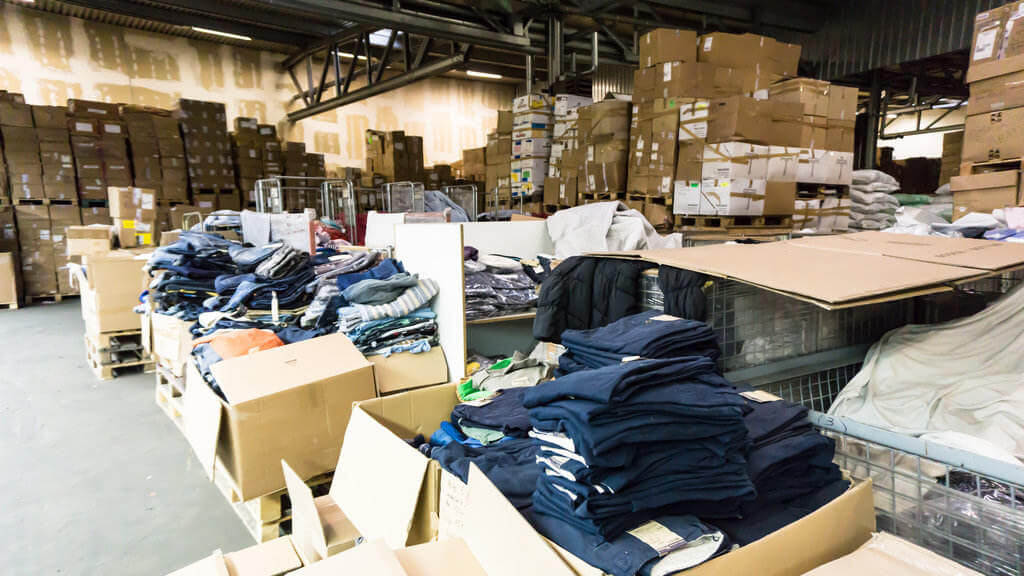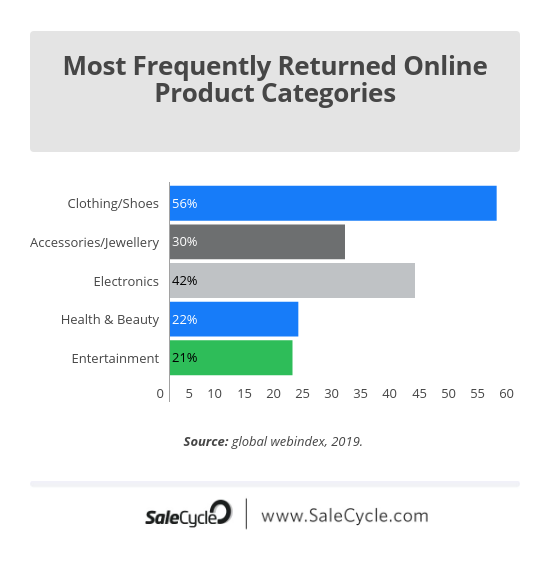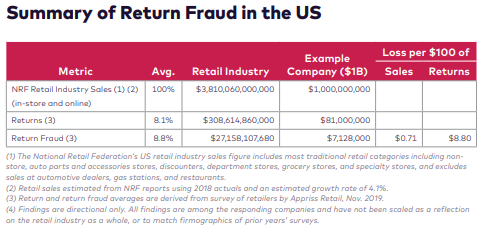How to combat the drain of money, time, and temporary stock loss from processing eCommerce returns
Retail Returns – Tackling the eCommerce challenge as operations come under extra pressure

Online returns have been a challenge for retailers since the beginning of eCommerce. This is because of both their volume compared to normal stores, and the costs associated with processing them. In the wake of COVID-19, this problem could prove more critical then ever, as online becomes retailers’ singular sales channel. There is already early evidence of this, with preliminary data from Quantum Metric showing that eCommerce associated with Brick and Mortar retailers saw an average revenue weekly growth rate increase of 52%, and Nike Inc.’s digital sales went up by 36%.
The eCommerce returns dilemma
Online shopping is popular for a reason, but the convenience and choice of eCommerce comes at the price of not being able to ‘try before you buy’ for customers.
This simple difference is the reason online returns are so much more prevalent than for Brick and Mortar stores. In eCommerce the customers’ homes becomes the fitting room. And, just like any fitting room, products end up back on the shelves. According to Happy Returns, while shoppers return only 10% of what they buy in stores, they send back up to 50% of what they buy online.
This is compounded by customers accounting for this when ordering online. A survey from Barclays found that 30% of shoppers deliberately over-purchase and subsequently return unwanted items. Additionally, 20% regularly order multiple versions (often sizes) of the same item so they could make their mind up when they are delivered, all of which is facilitated by the retailer at great cost.
While it might seem logical to have stricter returns policies, or make customers cover the cost of returns, consumer expectations make this a risky strategy. According to the 2017 UPS Pulse of the Online Shopper survey, 68% of shoppers view returns policies before making a purchase. This leaves retailers with a catch-22 situation when it comes to losing out on online sales or losing profits from processing the inevitable returns that comes with those sales.
What are the challenges of retail returns?
So why are returns such a strain on retailers?
Cost of returns – First and foremost is the simple cost of returns. Since returns are in themselves essentially lost sales, the added cost of returning them, which according to CNBC is on average 30% of the purchase price, can heavily impact retailer’s margins.
Processing returns and reverse logistics – On top of this is the resources and effort of processing returns and getting the stock back available to be sold as quickly as possible. This reverse logistics can be particularly challenging and can result in returned stock not being available for purchase again for some time, often leading to out-of-stocks on the webshop. According to the Barclays report, 57% of retailers say that dealing with returns has a negative impact on the day-to-day running of their business.
Contamination concerns with COVID-19? – A unique and recent challenge, particularly for apparel retailers, is dealing with the potential contamination and contact of returned good with the COVID-19 virus. Initial research suggests that the virus can only survive on fabric surfaces for 24 hours, but for up to 72 on plastics like packaging. This will need to be addressed by eCommerce retailers who continue trading throughout the epidemic.
Return fraud – This is a challenge shared by brick-and-mortar stores. Fraudulent returns cost the US alone 27 billion dollars a year. This can involve the ‘returning’ of stolen merchandise for cash, stealing receipts to enable a false return or using someone else’s receipt to return unpurchased store stock. Naturally, using receipts for returns presents a risk, APPRISS found that receipted returns are more than twice as likely to be fraudulent as other methods.
How to reduce the impact of returns on eCommerce
So what options are there for retailers looking to tackle their returns problems?
- Reduce the likelihood of returns, without harming customer experience or sales: Include accurate and detailed product descriptions. Use uniformed/standard sizes where possible and provide a more specific sizing filter. Offer virtual ‘try-ons’ with augmented reality/3D imaging.
- Set clear and accessible rules regarding returns: Make sure customers know what and how they are allowed to return items, this reduces spending resources processing illegitimate returns.
- Improve visibility: Maintain a single view of stock with item-level inbound and outbound processes, this will also allow for online returns back to stores, and ship-from-store. Make this visibility accessible to your entire team and your customers.
- Improve efficiency of inbound and outbound processes: Utilise reliable & efficient technologies and automated processes like exception handling. One of the leading technologies for this is RFID, which prevents the need to open any boxes or packages as it can count and verify items without direct line of sight.
- Improve internal processes: Ensure returns processes (and supporting software) enables additional layers of merchandise management such as grading items based on quality and tracking when the item was returned.
- Counter Return Fraud: Verify legitimacy of returns as much as possible, best practise involves unique item-level validation like RFID or unique serial numbers.
- Ensure returned stock is safe to sell: Implement processes to ensure returns are not damaged in any way, implement a policy to account for safe handling of merchandise during theCovid-19 pandemic, either sanitising products or leaving them a set amount of time before adding back into webshop stock.

Using RFID tagging and looking to improve return processes?
NEW: eCommerce returns module
eCommerce/ DTC is increasing due to COVID-19. This causes an over proportional increase in returns which normally would require a ramp up of staff and equipment to handle the process – Detego’s new RFID enabled return process provides an approx 90% productivity increase.






Leave a Reply